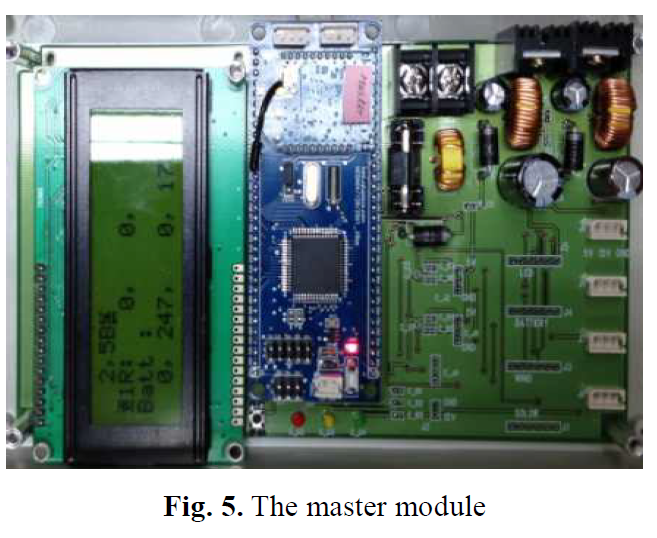
Dynamic Paralleling Behaviors of High Power Trench and Fieldstop IGBTs Yu Wu, Yaojie Sun, and Yandan Lin JPE, vol.14, no.4, pp.788-795 , 2014 Yu Wu*, Yaojie Sun†, and Yandan Lin* *†Department of Light Sources and Illuminating Engineering, Fudan University, Shanghai, China Abstract This paper demonstrates the dynamic behaviors of paralleled high power IGBTs using trench and fieldstop technologies. Four IGBTs are paralleled and standard deviation is adopted to represent the imbalance. Experiments are conducted under three different operation conditions and at different temperatures ranging from -25°C to 125°C. The experimental results show that operation at very low and very high temperatures usually aggravates the switching behaviors. There is a trade-off between the balance and the losses at low temperatures. These results can help in the design of heat sinks in paralleling applications confronting very low temperatures.
LINK FULL PAPER
http://manuscript.jpe.or.kr/ltkPSWeb/pub/pubfpfile.aspx?ppseq=888
















































 JOSIL ARTISTA PLASTICO FORTALEZA CEARA BRASIL AV.HERACLITO GRAÇA 41 TEL(85)32542378
JOSIL ARTISTA PLASTICO FORTALEZA CEARA BRASIL AV.HERACLITO GRAÇA 41 TEL(85)32542378















